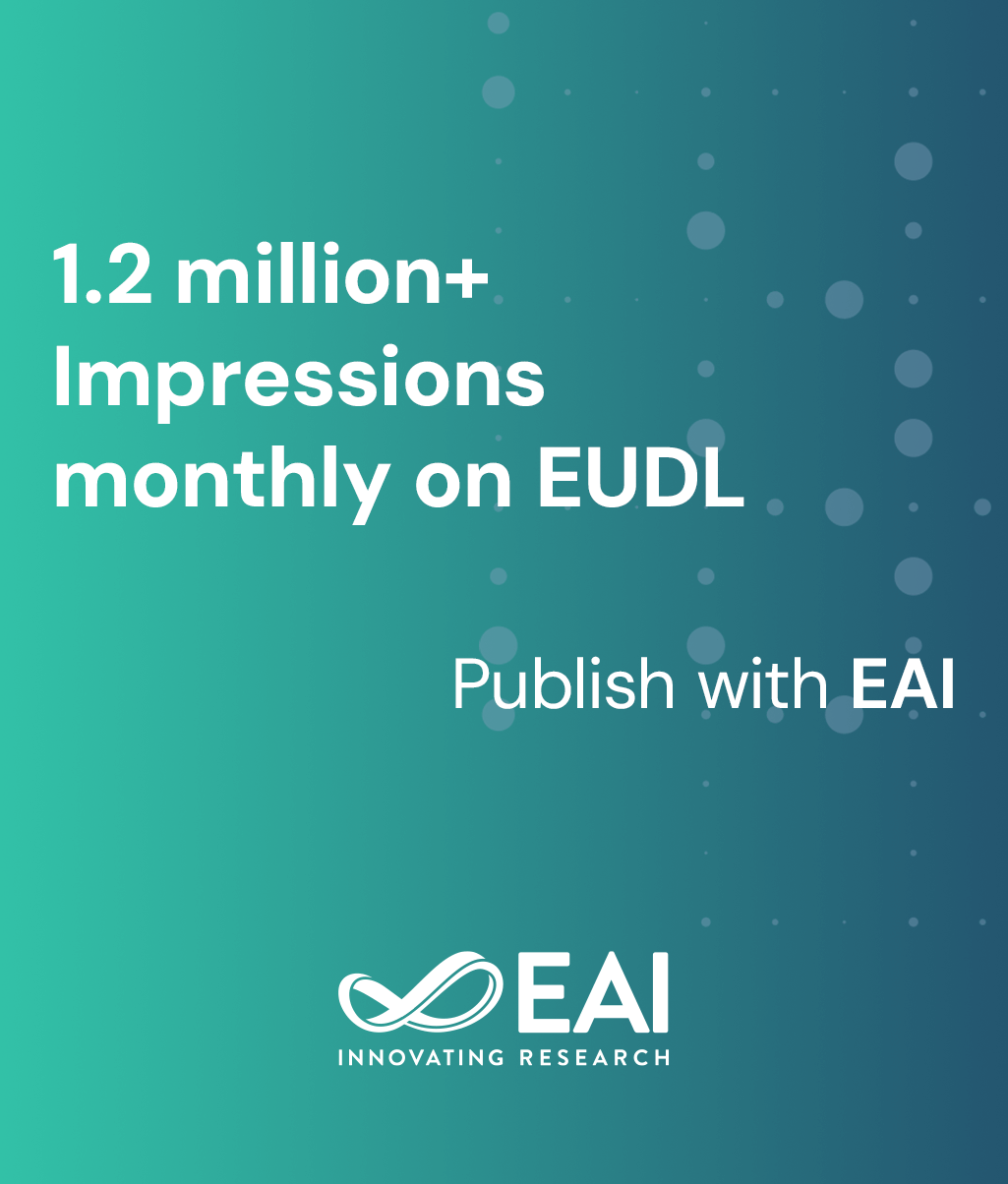
Research Article
A survey of data aggregation and routing protocols for energy-efficient wireless sensor networks
@ARTICLE{10.4108/eetsis.6924, author={Archana Bomnale and Avinash More}, title={A survey of data aggregation and routing protocols for energy-efficient wireless sensor networks}, journal={EAI Endorsed Transactions on Scalable Information Systems}, volume={12}, number={2}, publisher={EAI}, journal_a={SIS}, year={2025}, month={4}, keywords={Wireless sensor network, Routing Protocol, Data aggregation, Network lifetime, Energy efficiency}, doi={10.4108/eetsis.6924} }- Archana Bomnale
Avinash More
Year: 2025
A survey of data aggregation and routing protocols for energy-efficient wireless sensor networks
SIS
EAI
DOI: 10.4108/eetsis.6924
Abstract
The sensor nodes in wireless sensor networks (WSNs) typically have limited energy sources and are battery-operated. Reducing energy- usage, latency, and bandwidth is necessary to extend the network’s lifetime. WSN is often deployed in dynamic environments where nodes in the network can join, leave, or fail at any instant. Dynamic topology changes have the potential to disrupt established routes, necessitating more frequent route discovery and maintenance. Since a huge number of nodes are randomly deployed, a lot of redundant data packets are sent, which increases network traffic and creates delays. Robust and adaptable routing and aggregation techniques are necessary to meet these demands and adapt to shifting network conditions. The proposed survey paper offers a thorough analysis of the data aggregation mechanisms and energy-efficient routing algorithms applied to sensor networks. We have categorized the protocols depending on the network structure, data-gathering strategies, routing methodology, and node mobility. Based on the protocol performance parameters such as energy efficiency, network longevity, latency, routing overhead, packet delivery ratio, network throughput, and residual energy, we have provided a thorough classification and comparative overview of the key protocols. Moreover, we have determined the research gaps in the existing data aggregation techniques, and key areas which could point future researchers in the right direction.
Copyright © 2025 A. Bomnale et al., licensed to EAI. This is an open access article distributed under the terms of the CC BY-NC-SA 4.0, which permits copying, redistributing, remixing, transformation, and building upon the material in any medium so long as the original work is properly cited.


